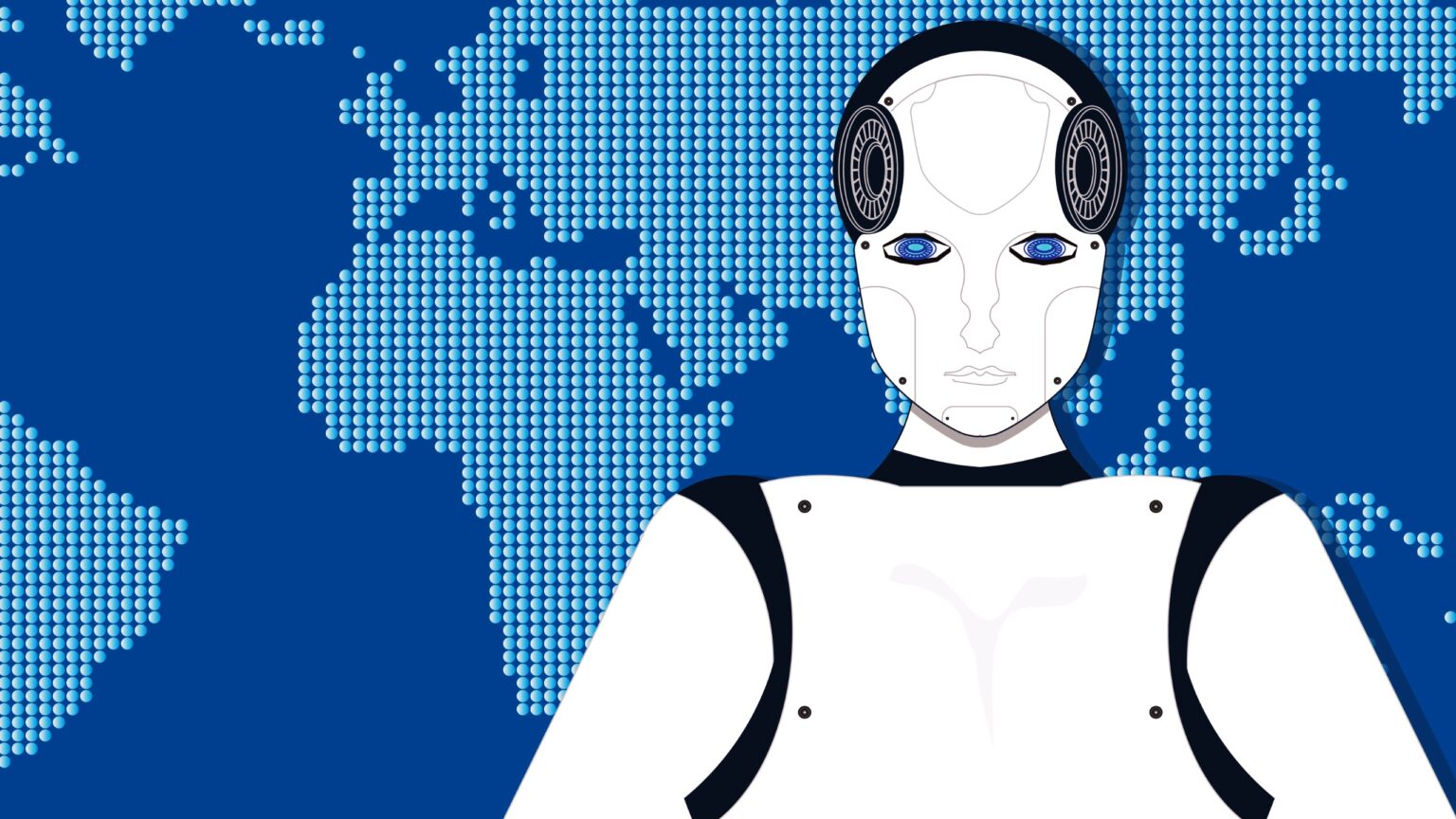AI news anchors are taking over TV Screens in South Asia where several such anchors have surfaced as media organizations are looking at ways of optimizing their operations using AI technology.
The AI female anchors have debuted in Bangladesh, Pakistan, and India where several media organizations have introduced them to offer real-time news.
This comes as publishers are also seeking ways to implement AI systems in both marketing and distribution to enhance efficiency cost-effectively.
Enter the humanoids
In March, Aaj Tak TV in India introduced an AI anchor Sana, a “bright, gorgeous, tireless and ageless,” as described by India Today group’s vice chairperson Kallie Purie at the launch event.
In July, the regional news channel Odisha debuted Lisa.
The AI anchor introduced herself as “OTV and Odisha’s first Artificial Intelligence (AI) news anchor,” after giving a warm “namaste,” which is a form of respectfully greeting or honoring someone or a group of people. Lisa spoke in Odia, the most spoken language in that region of India.
According to La Prensa Latina, the two AI anchors were made in a way that conforms to the beauty standards of India. Apart from these, India also developed a humanoid robot called Rashmi, the first Hindi-speaking robot. Since 2018, Rashmi has been hosting a show on Red FM.
Neighbors Pakistan and Bangladesh also followed suit and introduced their AI news anchors in their countries.
This year also saw a Kuwait news organization debut its humanoid news anchor known as Fedha in April and was expected to present online bulletins.
Also read: ParaSpace Fails to Regain Investor Trust, Major Questions Remain Unanswered
Complimentary roles
According to Verbit, AI is increasingly gaining traction in the media industry as a tool to take care of the “tedious tasks” while allowing journalists time to work on other tasks more effectively. However, there are concerns that the increased adoption of AI tech in the industry and other sectors will result in job losses.
But one of the most powerful media houses in India, India Today believes the use of humanoids will only complement the role of humans in various operations.
“Sana does not take away from the brilliance of real-life anchors, who will be mentoring her. Sana will have a human surrogate editor and hopefully company soon,” said Purie.
However, the company, through its head of marketing Vivek Malhotra admitted there are chances the bots may take over some minimal tasks for journalists.
“It’s a question of more efficiency in the newsroom and enhancing the creativity of our staff by removing mundane and repetitive tasks. Sana can work in multiple languages, switch between topics with ease and is never tired,” said Malhotra adding the bot “never gets tired.”
Elsewhere, Bangladesh Press Club vice president Rejwanul Haq acknowledged the impact of technology on the television industry, after the appearance of the new face of Channel 24 and Bangladesh’s first female AI anchor known as Aparajita.
“News presentation or reporting is creative work. It cannot be done by something artificial,” he told EFE.
Keeping up with technology
Channel 24 CEO Talat Mamun also told EFE that the company was simply following trends in the industry with the evolving technology transforming news presentation.
“Artificial intelligence is already a reality. We cannot ignore this reality. To keep pace and adapt to the new technology, we have decided to introduce an AI-generated need anchor,” he said.
Apart from following trends, news media organizations say AI news anchors can work throughout the day and never get tired. They also don’t grow old and remain appealing. While there are issues around their lack of emotions, tech companies such as Google, Microsoft, and OpenAI are investing huge monies towards improving AI systems.
In Pakistan, Discover Pakistan recently premiered its first talk show with AI characters. In the same country, the GNN channel showed off a new anchor known as Fatma, a young lady “capable of reading various topics uninterruptedly.”
As AI technology continues to evolve, its adoption in various sectors is also expected to continue and the media industry is no exception.
The concept of AI news anchors did not start this year. The world’s first female AI news anchor Xin Xiaomeng was unveiled in China hitting TV screens in February 2019.
She was developed by Xinhua News Agency together with the Chinese search engine Sogou.com, which later developed a better male version with improved movements and body language.









 and then
and then